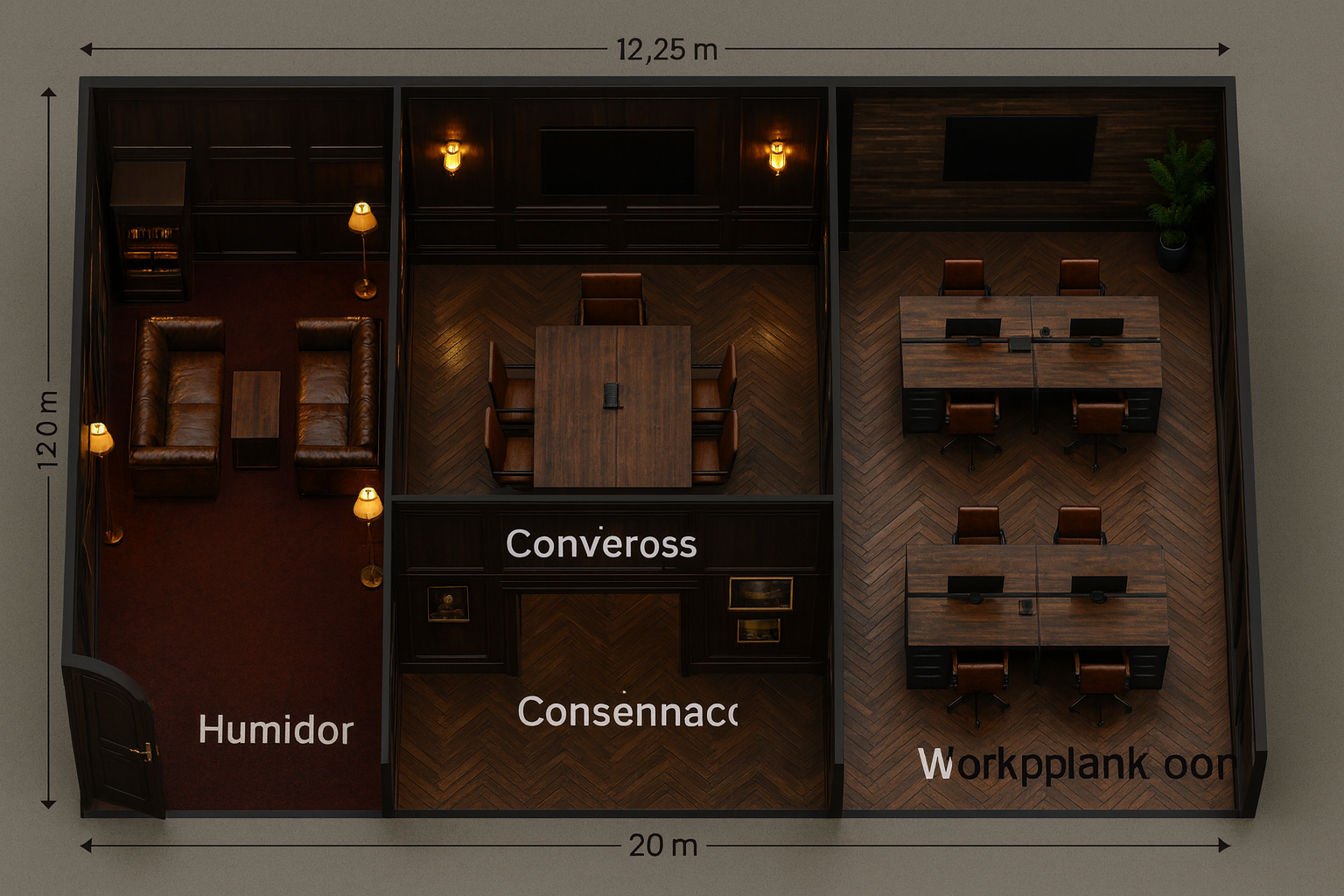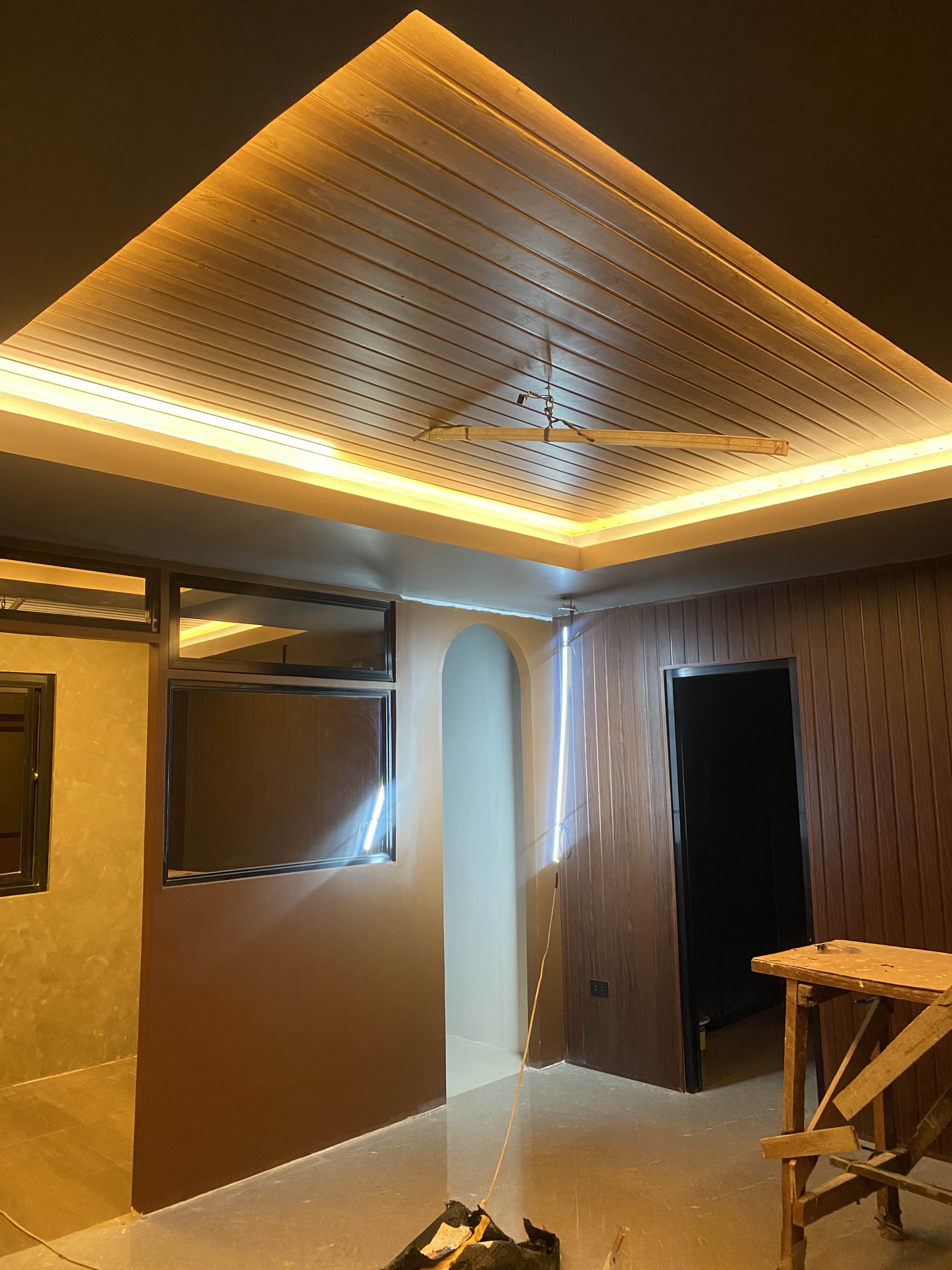Introduction
In today's digital age, where users access websites from a multitude of devices, ensuring your web content is adaptable and user-friendly across all platforms is more crucial than ever. Responsive design has emerged as a pivotal strategy in creating fluid and flexible web environments that adjust seamlessly to the user’s device, driving engagement and conversion rates. At Monte Carlo Web Graphics, we specialize in implementing cutting-edge responsive design techniques that guarantee optimal user experiences and bolster your online performance.
Understanding Responsive Design
Responsive design is a web development methodology that creates a single website capable of adapting to various screen sizes, orientations, and resolutions. Through the use of flexible layouts, images, and CSS media queries, responsive design ensures dynamic adjustments that maintain usability and aesthetic appeal across desktops, tablets, and smartphones.
Key Trends and Best Practices
Adopt a Mobile-First Approach
Designing with a mobile-first mindset ensures that the primary focus is on mobile user experience, which typically involves streamlined navigation, faster load times, and preference for core functionalities. By starting with a smaller screen optimization and progressively enhancing features for larger screens, you maintain an efficient and focused design process.
Utilize Flexible Grids and Layouts
Employ CSS Grid Layout and Flexbox to create fluid grids that accommodate diverse content structures while adapting to different viewports effortlessly. These tools enable developers to craft flexible layouts that do not sacrifice design integrity or user experience.
Optimize Images and Media
As visuals significantly influence website load times and user experience, use responsive image techniques such as srcset and sizes attributes to deliver the appropriate image resolutions for different devices. This approach minimizes load times without compromising visual quality.
Technologies and Tools
Leverage frameworks like Bootstrap and Foundation that offer pre-built responsive components, saving time during development. Implement CSS preprocessors like SASS or LESS to maintain precise control over styles and media queries, enabling scalability as design requirements evolve.
Challenges and Solutions
Testing responsive designs across numerous devices and browsers can be daunting. Employ tools such as BrowserStack or Responsinator for comprehensive device testing. Address performance issues by minimizing HTTP requests, employing lazy loading for images, and utilizing a robust Content Delivery Network (CDN) to serve resources efficiently.
The Business Impact of Responsive Design
With mobile internet usage surpassing desktop, businesses adopting responsive design often experience substantial uplifts in user engagement, reduced bounce rates, and improved search engine rankings. Enhanced customer satisfaction translates into higher conversion rates, exemplifying responsive design's role as a revenue-driving force.
Future Outlook
Responsive design continues to evolve alongside advancing technologies. Embrace emerging concepts like variable fonts, CSS Grid Level 2 specifications, and advancements in Progressive Web Apps (PWAs) that integrate seamlessly with native mobile experiences. Stay ahead by adapting to evolving standards and maintaining a commitment to modern user expectations.
FAQs
Q1: What is the difference between responsive design and adaptive design?
Responsive design utilizes fluid grids and media queries to change the layout across various devices dynamically, whereas adaptive design employs fixed layouts tailored for specific devices, making responsive design more flexible.
Q2: How does responsive design impact SEO?
Responsive design enhances SEO by providing a uniform user experience across devices, offering easier site management, and minimizing duplicate content issues. Google also favors mobile-friendly designs in search rankings.
Q3: Is responsive design necessary for all websites?
In today's mobile-dominant world, responsive design is essential for most websites to ensure accessibility and engagement regardless of the user's device, contributing positively to business goals and user satisfaction.
Conclusion
As the digital landscape continues to evolve, adopting responsive design strategies is no longer optional but a necessity for improving user engagement and driving online business success. Monte Carlo Web Graphics remains at the forefront of implementing responsive design innovations that propel businesses into the future, ensuring their web presence is both compelling and competitive.
Start your digital transformation today with Monte Carlo Web Graphics

















